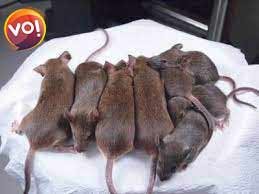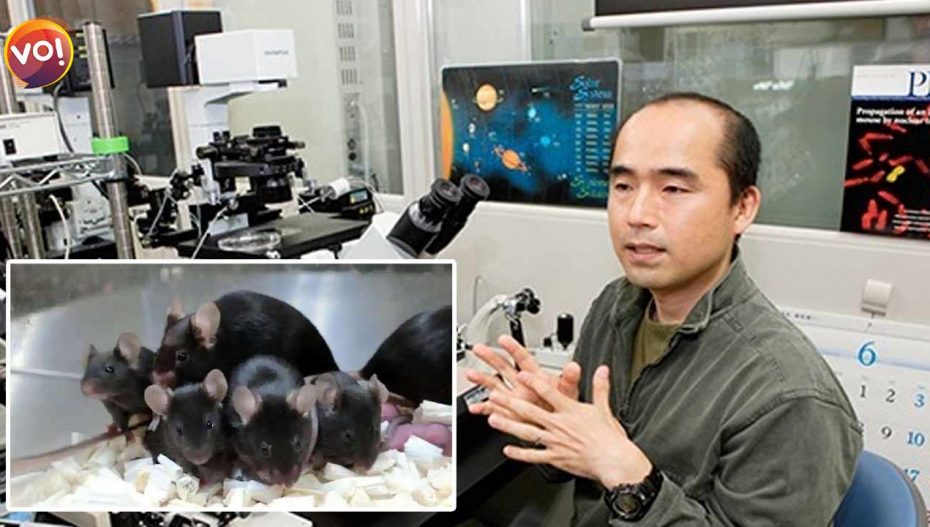Pic: Professor Teruhiko Wakayama explains the process
Scientists at Japan’s University of Yamanashi have successfully produced cloned mice using freeze-dried cells in a technique they believe could one day help conserve species and overcome challenges with current biobanking methods. The United Nations has warned that extinctions are accelerating worldwide and at least a million species could disappear because of human-induced impacts like climate change.
Teruhiko Wakayama, a professor at the University of Yamanashi’s Faculty of Life and Environmental Sciences, who led the study published in the journal “Nature Communications” explained: “Improvement should not be difficult. We believe that in the future we will be able to reduce abnormalities and increase the birth rate by searching for freeze-drying protectant agents and improving drying methods.”
Facilities have sprung up globally to preserve samples from endangered species with the goal of preventing their extinction by future cloning. These samples are generally cryopreserved using liquid nitrogen or kept at extremely low temperatures, which can be costly and vulnerable to power outages. They also usually involve sperm and egg cells, which can be difficult or impossible to harvest from old or infertile animals.

Scientists wanted to see whether they could solve those problems by freeze-drying somatic cells, any cell that isn’t a sperm or egg cell and attempting to produce clones. They experimented with two types of mice cells and found that, while freeze-drying killed them and caused significant DNA damage, they could still produce cloned blastocysts — a ball of cells that develops into an embryo.
From these, the scientists extracted stem cell lines that they used to create 75 cloned mice. One of the mice survived a year and nine months, and the team also successfully mated female and male cloned mice with natural-born partners and produced normal pups. The cloned mice produced fewer offspring than would have been expected from natural-born mice, and one of the stem cell lines developed from male cells produced only female mice clones.
Also Read: Asteroid Contains Life Ingredients; Nations Queue For Research Samples













